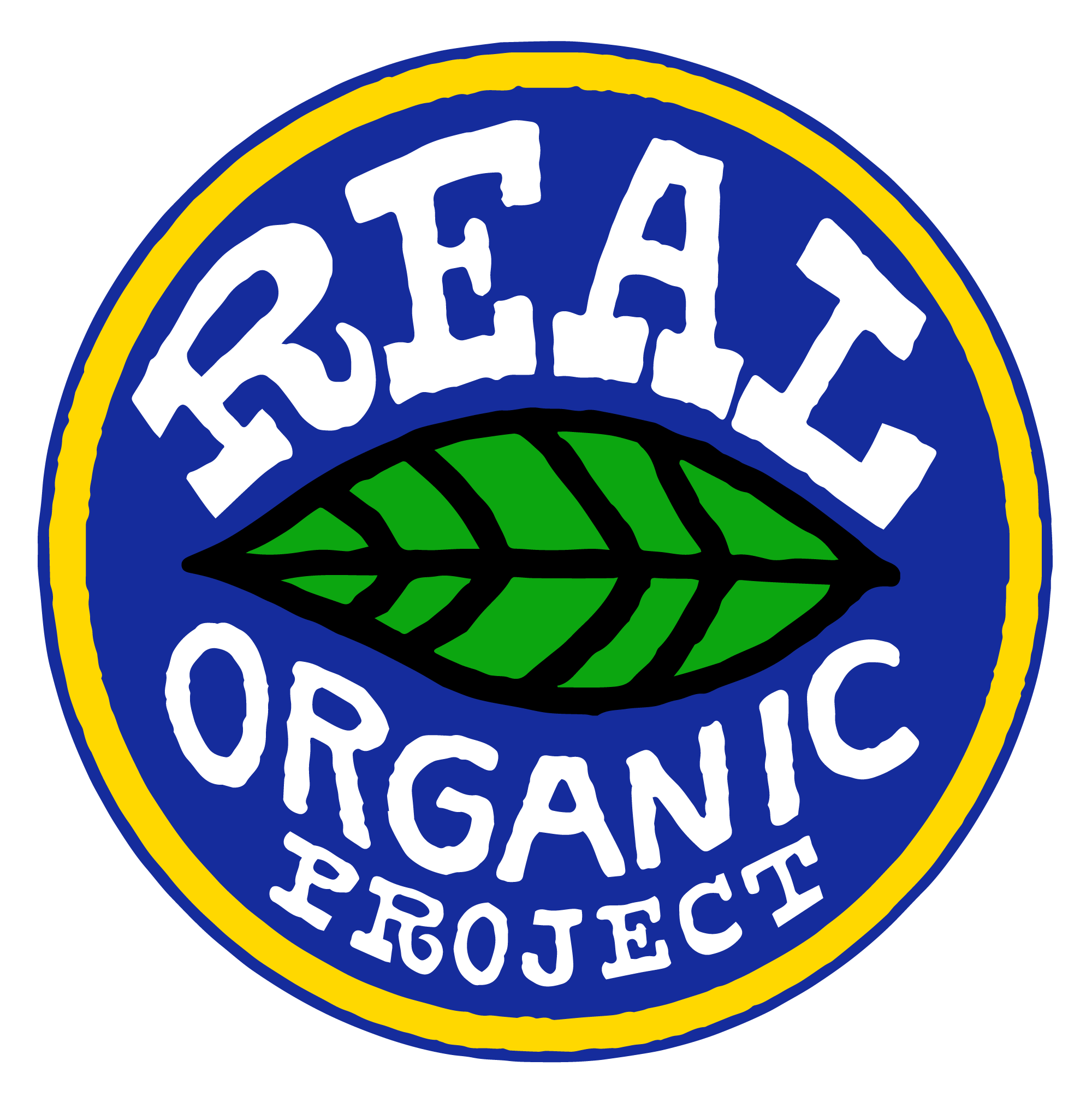Can Real Organic Scale?
At the Real Organic Project, we don’t shy away from asking tough questions. To till or not to till? Are “split-farms” (part certified organic, part not certified organic) justified? Can Real Organic be scaled up? These are just a few of the topics heavily debated by our farmers.
Scale has been a hot topic with our governing boards from the beginning.
Our conclusion has been that you can scale up as long as you don’t compromise your principles of organic production. Some people think we will always be insignificant because they think we are a “small farm” label. But we aren’t limited to small scale. And we wouldn’t be insignificant if we were.
Visiting organic farms across the country has taught me that the organic movement is actually made up of thousands of small to mid-scale, local family farm.
Some of these family farms have been able to scale up without compromising their values. Are these farms Real Organic too?
My personal belief is that Real Organic is naturally “scale limiting” because it includes the resilience of local economies and what Eliot Coleman refers to as “the care of the farmer.”
I believe you can scale up as long as there are no compromises when it comes to our standards and provided farmers are given fair access to markets.
A common saying in the organic community goes something like: “Big farms aren’t necessarily bad… it’s just that when big is bad, it’s bad in a BIG way!”

“I became passionate about figuring out how to make organic food more accessible without sacrificing animal welfare and environmental stewardship.” – Cameron Molberg
This week’s Real Organic farmer is Cameron Molberg. Cameron has been on a mission to scale up organic poultry production without compromising animal welfare or product quality.
For over a decade he has worked toward making organic pastured poultry more accessible to more people, first at Coyote Creek, a pastured organic egg farm and grain mill, and now at Greener Pastures Chicken, an organic meat operation.
Cameron shows us that pastured poultry is scalable. He believes that the poultry industry, in order to protect their bottom line, has perpetuated a myth that pasturing poultry cannot be done on a large scale.
This story enables the industry to maintain the status quo and prevents them from having to adjust their practices to be better stewards of the environment and to protect animal welfare and the people who work there.

Greener Pastures Chicken has scaled up organic pastured poultry production by having many moveable tunnels. His chickens are moved to fresh pasture every 3 days allowing their waste to be deposited right where it is needed.
On 35 pastured acres, Cameron is on pace to raise 250,000 organic meat birds within the next year. To provide his birds with pasture, shade, water, exercise, bugs and organic feed, Cameron moves chicken houses across the pasture every three days.
In contrast, some of his USDA organic competitors cram 200,000 birds in a 60,000 square foot dark building. Air quality for the workers and the birds is compromised. The nutrition of the eggs and meat suffers due to a lack of insects and fresh greens in the chicken’s diet.
Replicate Cameron’s operation thousands of times across the country and we could feed our communities organically and humanely. The realization of this vision would create more jobs and localize production, building more resilient communities.
Please watch this excellent “Know Your Farmer Video” to see what scaling up Real Organic chicken production looks like.

Pastured chickens get up to a third of their diet from insects and from fresh organic pasture. This saves on imported grain costs and fossil fuel use by allowing the chickens to harvest their own feed.

Meat and eggs from pastured chickens is higher in omega-3s, beta-carotene, and vitamins A and E.

Cameron Molberg describes the USDA’s cynical interpretation of the “outdoor access” required by organic law. Watch his eye-opening talk at the 2019 Real Organic Project Symposium at Dartmouth.


The Organic Livestock and Poultry Practices (OLPP) Rule would have fixed some of the loopholes the industry uses to avoid providing real outdoor access to certified organic chickens. The OLPP would have required maximum stocking densities and year-round access to the outdoors for certified organic operations. In March, 2018, the Trump administration withdrew the OLPP after years of efforts by the organic community. The National Pork Producers Council and the National Cattlemen’s Beef Association lobbied to kill the rule. How are these conventional organizations able to weigh in on the definition of organic (and win)?
—
While I’m grateful that operations like Cameron’s have been able to scale-up, the vast majority of organic poultry now comes from confinement. Since the USDA has allowed organic CAFO production, they have all but mandated it because market forces ensure the cheapest practices will dominate the market.
By not enforcing key tenets of the Organic Food Production Act, the USDA National Organic Program is failing all of us. Their promise to ensure fair competition within the organic market is broken.
Our beacon of hope is that the family farmers that built the organic label in the first place are uniting in The Real Organic Project.
Yours in the dirt,
Linley

“Industry has an outsized and growing influence on USDA and on the NOSB (including through NOSB appointments) — compared to the influence of organic farmers, who started this organic farming movement. Perhaps that is not surprising, given the growing value of organic sales. As organic is now a $50 billion business, the industry not only wants a bigger piece of the pie, they seem to want the whole pie.” – Francis Thicke, Former NOSB Member, and Real Organic Project Executive Board Member
—
Linley Dixon
Associate Director / linley@realorganicproject.org
Real Organic Project / realorganicproject.org

